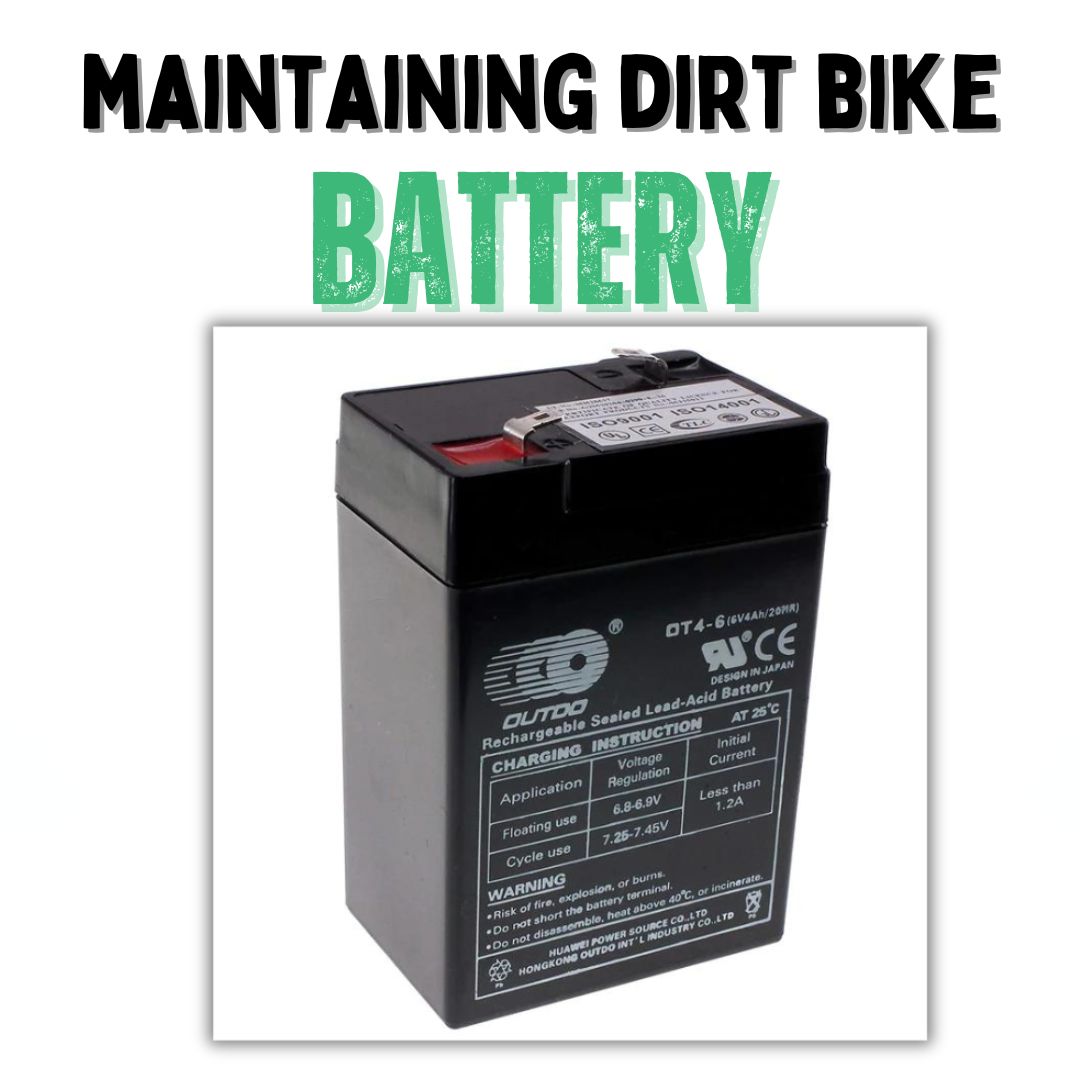
Updated: 24.4.25
Every dirt bike rider knows that the engine and tyres get all the attention — but without a well-maintained battery, your bike isn’t going anywhere.
Whether you're an off-road veteran or just getting started, understanding how to properly maintain your dirt bike battery is essential for performance, reliability, and longevity.
Understanding Dirt Bike Batteries
Battery Types
There are two primary types of dirt bike batteries: lithium and lead-acid.
Lithium batteries are lightweight, deliver higher energy density, and operate at a higher voltage — great for voltage-sensitive components like injectors and starter motors.
Lead-acid batteries, meanwhile, are more affordable and known for their reliability, although they’re heavier and have lower energy density.
Common Causes of Battery Failure
Several factors contribute to premature battery failure:
- Frequent short rides without recharging
- Parasitic electrical draws
- Corroded terminals or poor ground connections
- Faulty voltage regulator
- Overloading the battery with accessories
Routine Maintenance
Charging
If you’re not riding weekly, your battery is likely discharging. Invest in a smart motorcycle charger or battery tender to maintain charge without overcharging.
Inspection
Monthly checks go a long way. Look for terminal corrosion, check fluid levels (in lead-acid batteries), and test voltage regularly.
Temperature
Extreme cold or heat can reduce battery life. Store your bike in a temperature-controlled environment when possible.
Using the Right Tools
Battery Tender
A battery tender is a great option for maintaining your battery over longer storage periods. It helps prevent both overcharging and deep discharges.
Voltage Check
- Set your multimeter to 20V DC.
- Connect red lead to positive, black to negative.
- A fully charged battery should read 12.6–12.8V (engine off).
- Start the engine and rev to 3,000–4,000 RPM.
- Check voltage again — it should read 13.5–14.5V. Anything outside that may indicate a bad stator or voltage regulator.
Cleaning Terminals
- Mix 1 tbsp of baking soda with 1 cup of water
- Scrub terminals using a toothbrush
- Rinse with clean water and dry thoroughly
- Apply dielectric grease or petroleum jelly to prevent corrosion
Storage Tips
Where to Store
Store your battery in a dry area between 15–20°C. Avoid metal shelves and concrete floors; use wood or rubber for insulation.
Disconnect or Remove
For long-term storage, remove the battery and store it on a non-conductive surface. It helps prevent discharge and extends battery life.
Recognising Issues
Warning Signs
- Fast discharge or difficulty recharging
- Swollen or deformed battery casing
- Corroded or broken terminals
- Consistent starting or charging problems
Consequences of Low Voltage
Low voltage can result in:
- Engine stalling or no start
- Reduced performance
- Failing electrical components
Battery Replacement
- Wear gloves and eye protection
- Disconnect the battery — negative terminal first
- Remove mounting brackets
- Install fully charged replacement battery with matching specs
- Reconnect positive terminal first, then negative
- Test startup and voltage output
Dispose of old batteries at a certified recycling facility.
Conclusion
Proper battery care isn’t just about longevity — it’s about ensuring a reliable, smooth, and safe ride every time.
Stick to a regular maintenance routine, understand your battery’s needs, and you’ll spend less time troubleshooting and more time riding.





Share:
Top 10 Tips to PROPERLY Store Your Dirt Bike
Understanding Dirt Bike Batteries